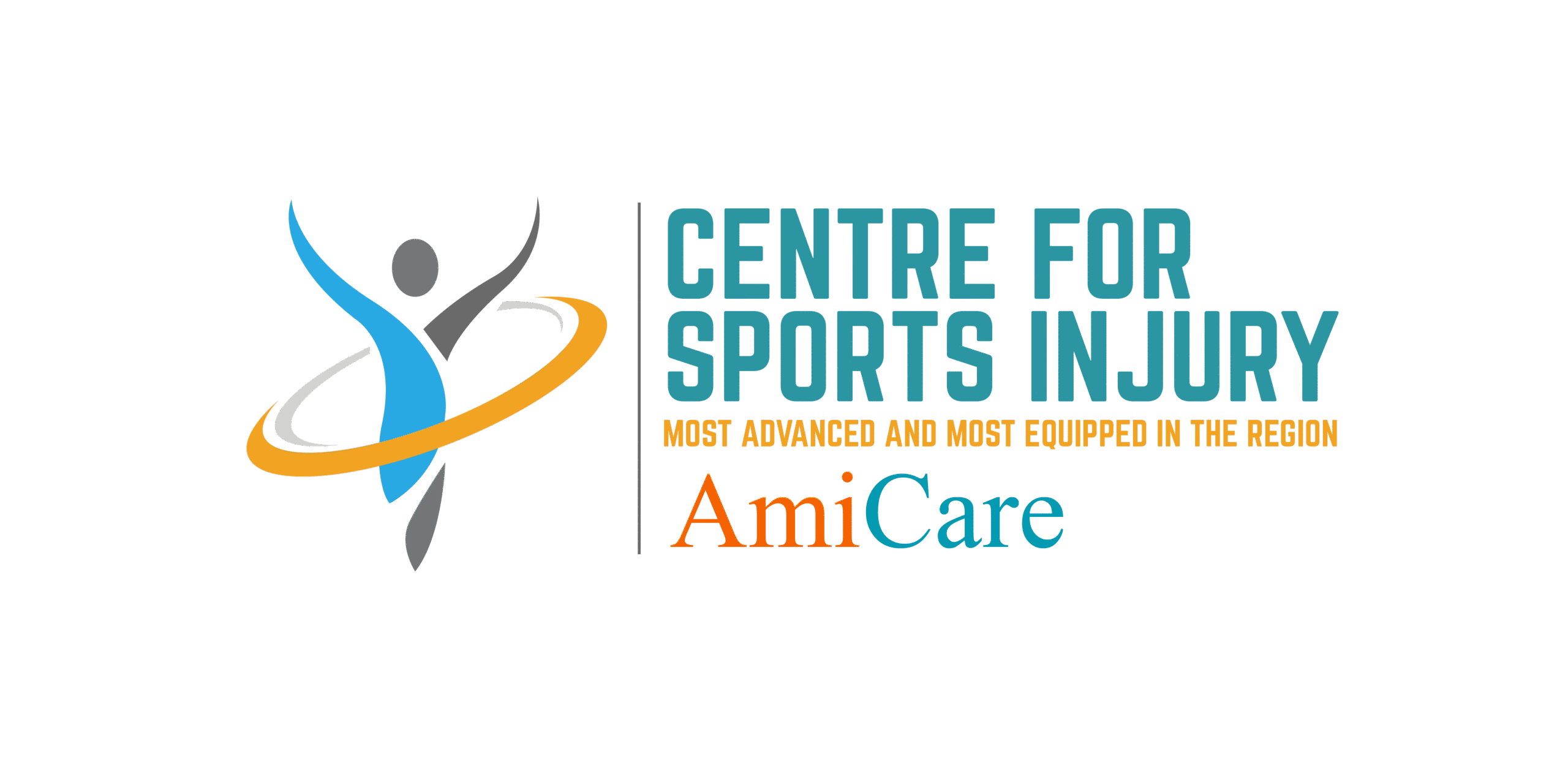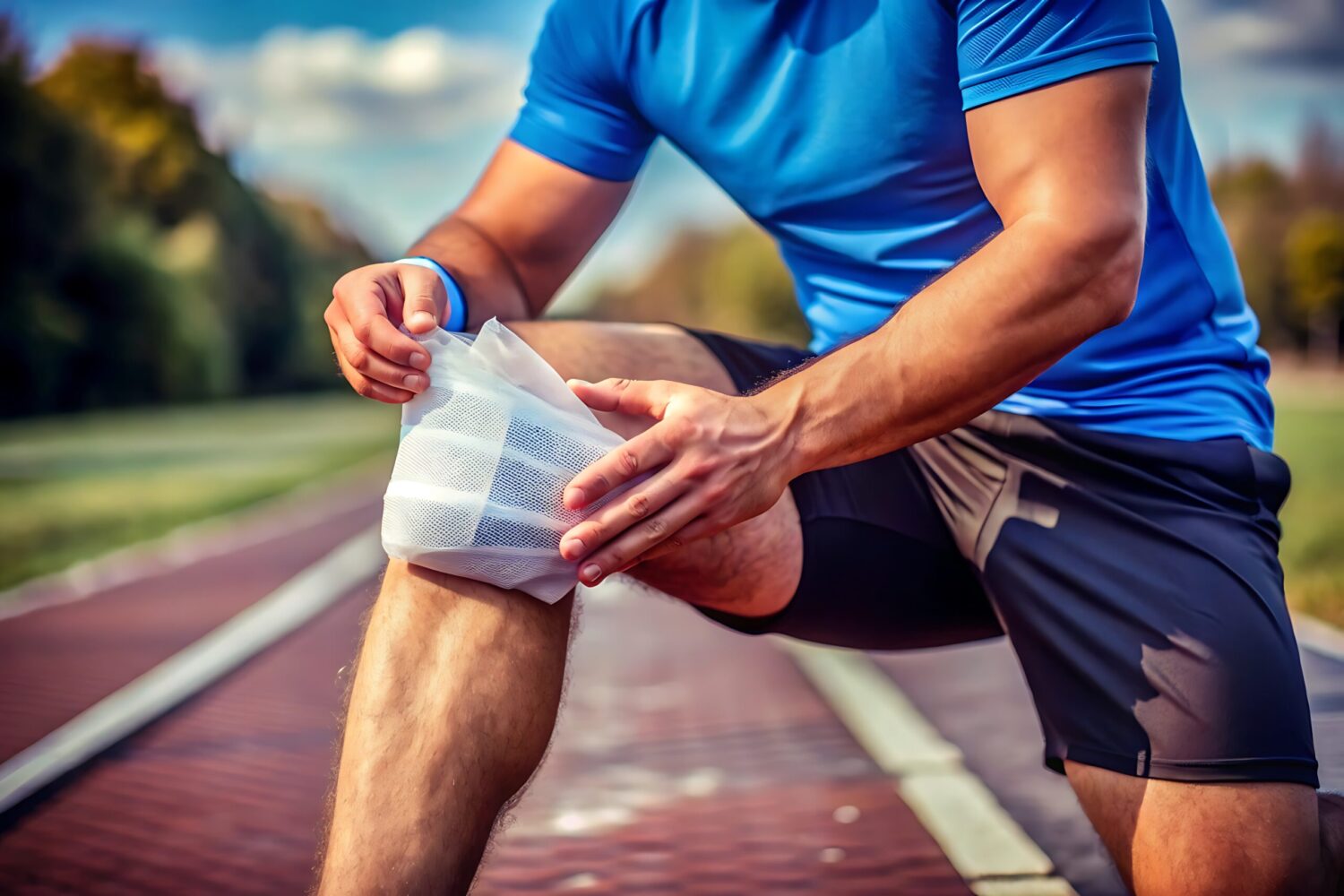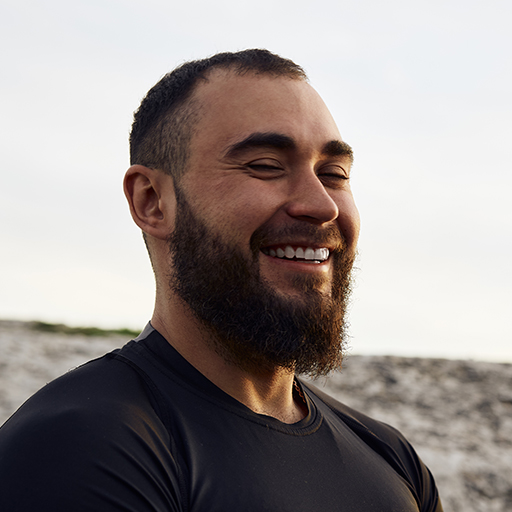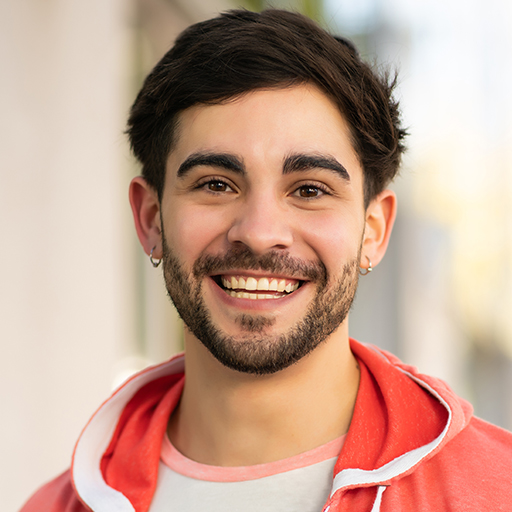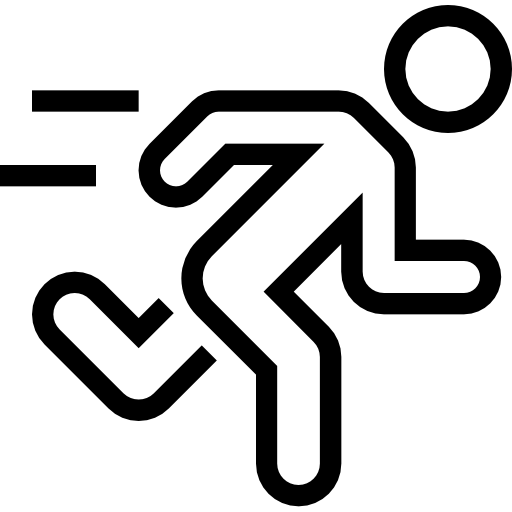Shoulder Ligament Injury
Advanced Care for Shoulder Ligament Injuries in Ghaziabad – Dr. Himanshu Gupta
Shoulder ligament injuries can significantly affect your mobility, comfort, and quality of life. If you have a shoulder ligament tear, capsular ligament strain, or joint instability after trauma, everyday tasks like lifting, reaching, or even sleeping may become painful challenges.
Dr. Himanshu Gupta, one of the leading orthopedic and sports injury specialists in Ghaziabad, offers comprehensive shoulder ligament injuries treatment using advanced diagnostic tools, minimally invasive arthroscopic surgery, and evidence-based rehabilitation programs. His patient-first approach ensures long-term pain relief, improved mobility, and complete shoulder function restoration.
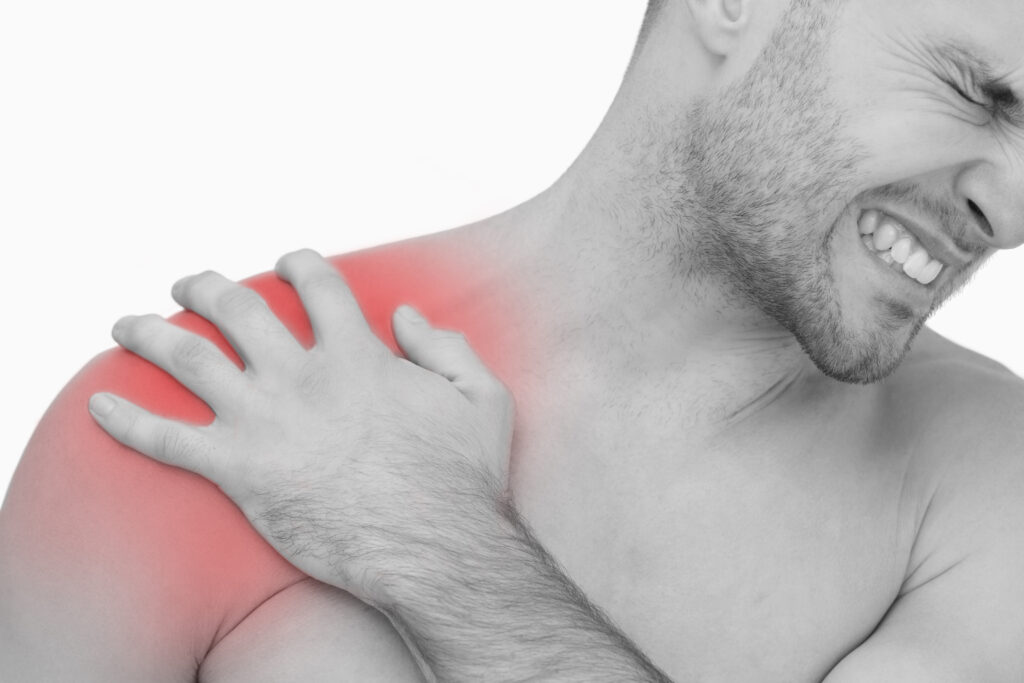
Why Shoulder Ligaments Are Important
The shoulder is one of the most mobile joints in the human body, allowing a wide range of motion. This mobility is made possible by several shoulder joint ligaments, which connect bones, stabilize the joint, and protect it from dislocation.
Key Shoulder Ligaments
- Capsular ligament of the shoulder joint – provides overall stability
- Coracoclavicular ligament – supports the connection between the clavicle and coracoid process
- Glenohumeral ligaments – stabilize the ball-and-socket joint
- Acromioclavicular ligament – supports movement between the collarbone and the shoulder blade
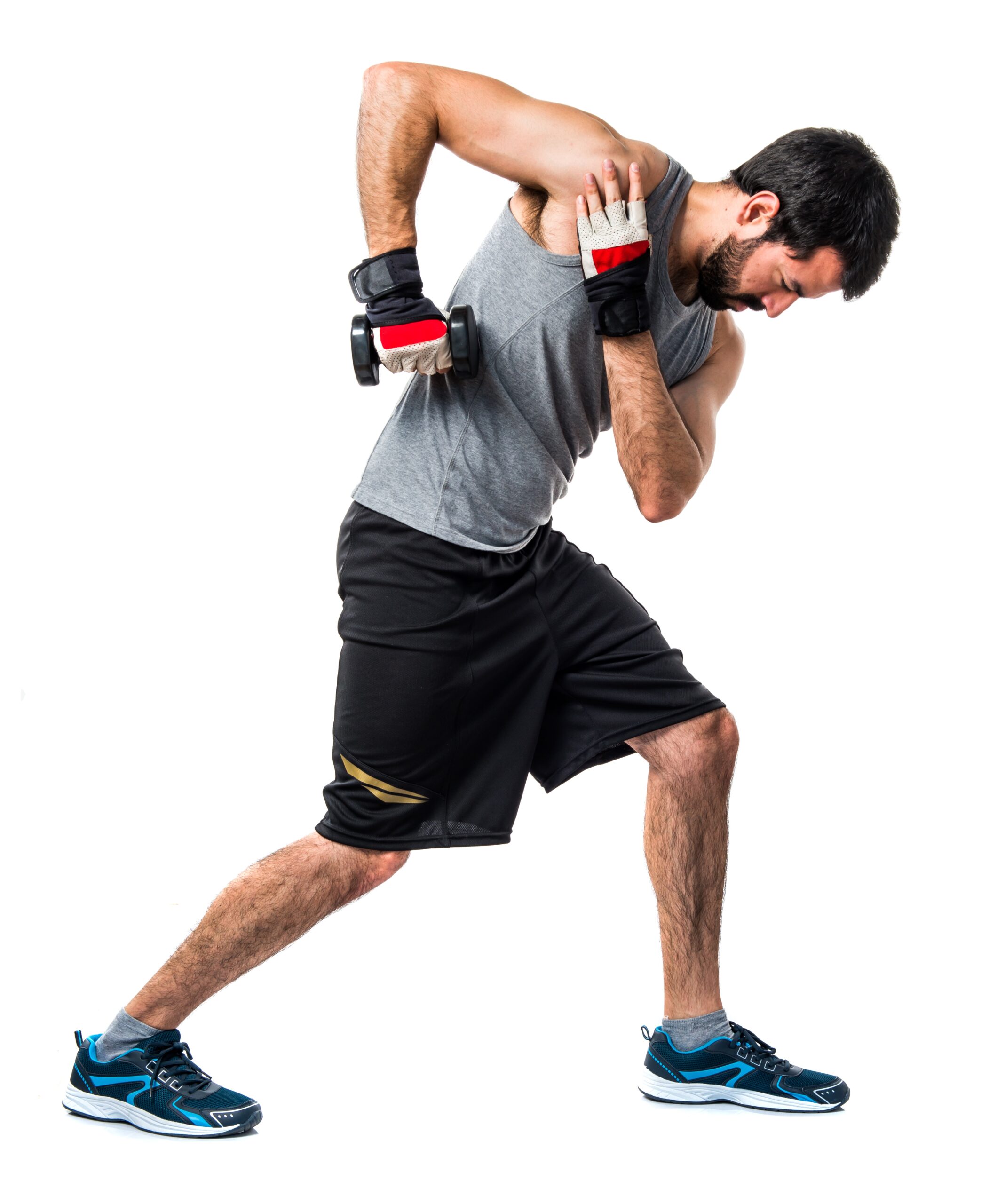
Notice the Signs Before It’s Serious
Know the signs of a shoulder ligament injury before it’s too late.
Sudden Knee Pain or Swelling
Sharp pain or visible swelling develops shortly after a fall, heavy lift, or awkward movement.
A Sharp “Pop” Sound
You may feel or hear a click/popping sound when moving the arm, especially overhead.
Instability in the Knee
Your shoulder may feel loose, unstable, or unable to bear weight during lifting or rotation.
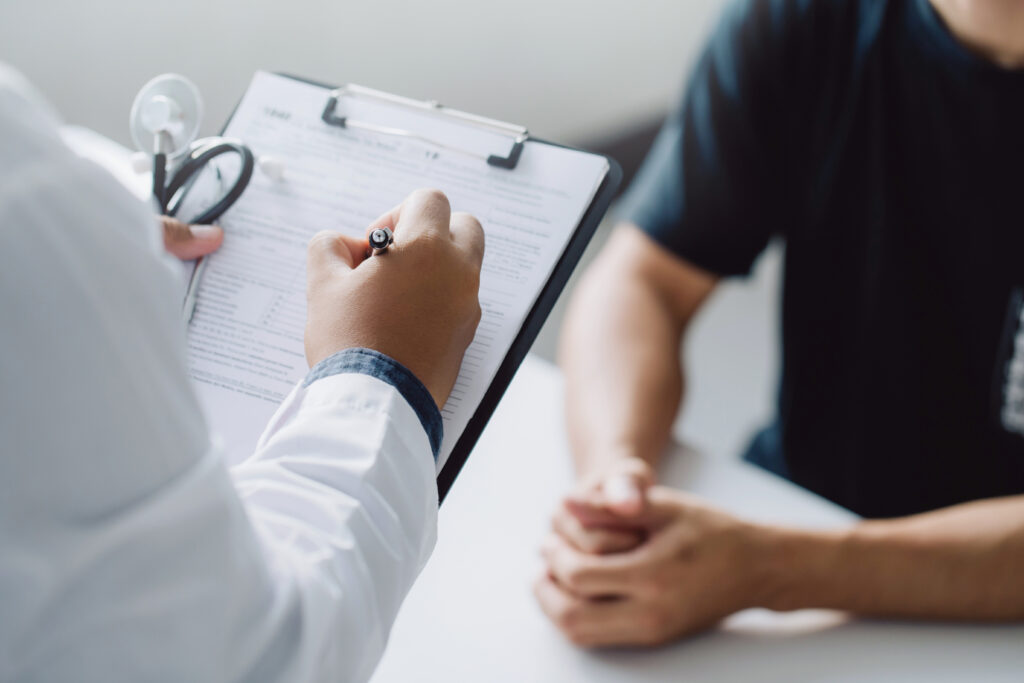
DIAGNOSIS OF SHOULDER LIGAMENT INJURY
At Amicare Hospital, we use advanced diagnostic methods to accurately detect shoulder ligament injuries and create tailored treatment plans.
Led by Dr. Himanshu Gupta (expert in sports injury care)
History Check – Understand how and when the shoulder was injured.
Physical Tests – Assess range of motion, ligament stability, and pain points.
Imaging – MRI for soft tissue and ligament damage, X-rays to rule out fractures.
Function Analysis – Evaluate shoulder strength, flexibility, and stability.
Our focused diagnostic approach ensures safe, effective treatment — supporting faster recovery and preventing long-term shoulder problems.

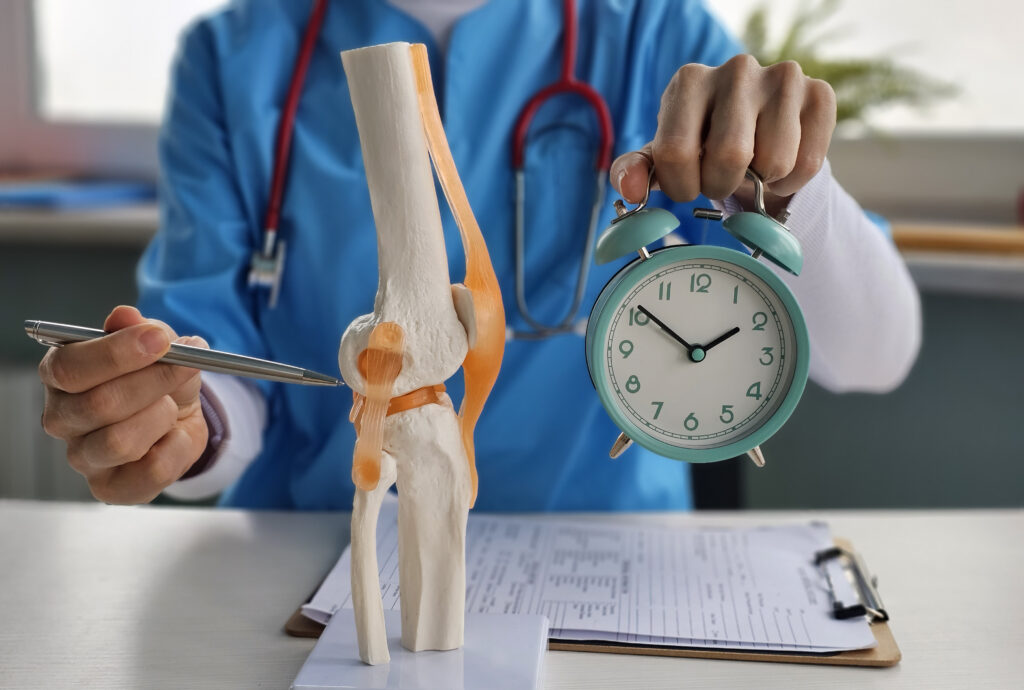
Risks of Delaying Treatment
Ignoring a shoulder ligament injury can lead to:
Persistent pain and reduced shoulder mobility.
Chronic instability, increasing the risk of repeat injuries.
Degenerative changes like early arthritis in the joint.
Quick diagnosis and treatment are vital. Amicare’s expertise ensures you get the right care plan, whether it’s surgery, physiotherapy, or other options.
Common Types of Shoulder Ligament Injuries
For serious ACL injuries, ACL reconstruction surgery at Amicare is the best way to get your knee strong again. This section explains our simple knee ligament surgery process, led by Dr. Himanshu Gupta, using small-incision keyhole surgery and modern equipment. We achieve over 98% success, helping athletes get back to sports quickly.

Shoulder Ligament Tear or Sprain
- Can be partial (minor damage) or complete (full rupture).
- Often caused by trauma, falls, sports injuries, or overuse.
- Symptoms include pain, swelling, and reduced range of motion.
- May cause a popping sound or sensation at the time of injury.
- Diagnosed using MRI or high-resolution ultrasound
- Early treatment includes rest, ice, compression, and physiotherapy.
- Severe cases may require arthroscopic surgery for repair.
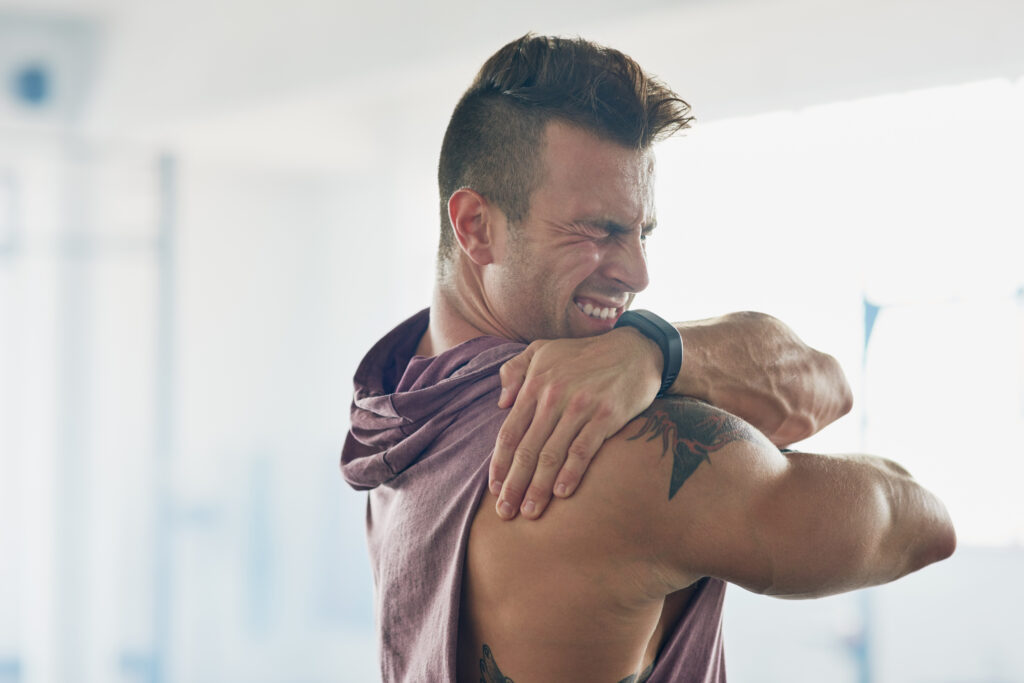
Capsular Ligament Strain
- Affects the capsular ligament that encloses and stabilizes the shoulder joint.
- Often results from sudden stretching, twisting, or impact.
- May limit flexibility and cause sharp or aching pain.
- Can be accompanied by stiffness, especially after inactivity.
- Frequently overlooked without proper imaging (MRI or ultrasound)
- Rehabilitation focuses on gentle stretching and strengthening exercises.
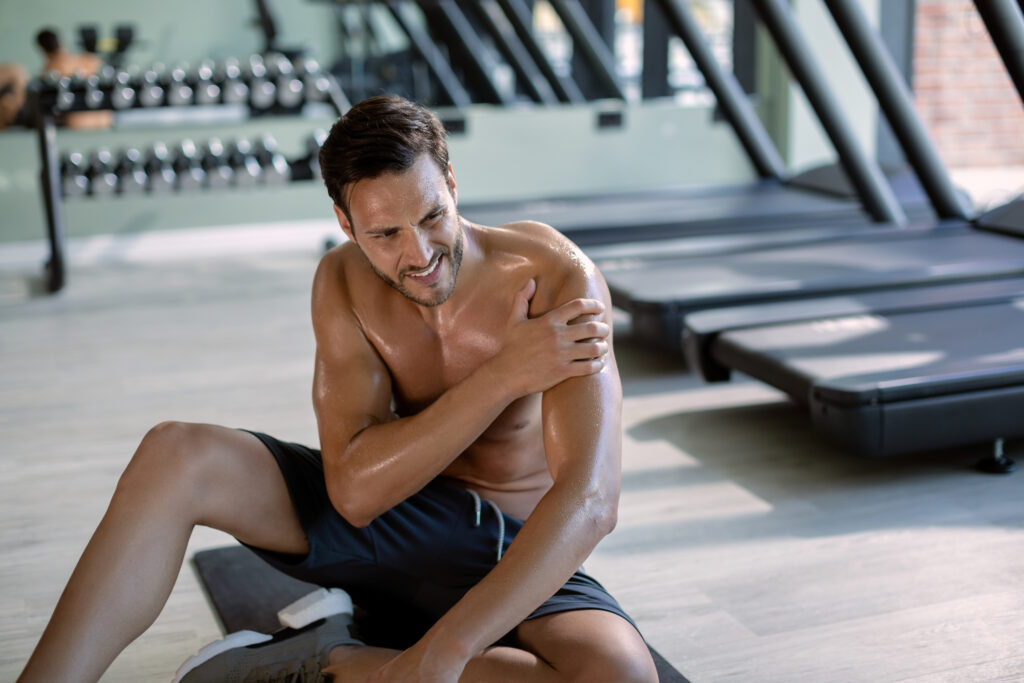
Chronic Shoulder Instability
- Caused by repeated ligament injuries or joint dislocations over time.
- May worsen if left untreated, leading to persistent instability.
- Common in athletes involved in overhead or contact sports.
- Symptoms include a “slipping” or “giving way” sensation in the shoulder.
- Increases the risk of arthritis and long-term shoulder damage.
- Managed initially with targeted strengthening and stability exercises.
- Severe cases may require surgical reconstruction of the ligaments.
Non-Surgical Treatment Options
Not every shoulder ligament injury requires surgery. At Amicare, we offer non-surgical treatment for partial tears, mild strains, or patients with lower activity demands. Dr. Gupta creates personalized plans, including:
Physical Therapy: Exercises to strengthen shoulder muscles, improve flexibility, and restore joint stability.
PRP Therapy: Injections using your blood’s healing factors to repair damaged ligaments and reduce inflammation.
Bracing or Taping: Special shoulder supports or kinesiology taping for stability during daily activities or light sports.
Still unsure if surgery is needed? Get a personalized shoulder treatment plan tailored to your lifestyle and recovery goals.
Why Choose ACL Reconstruction Surgery vs. Other Options
The table below compares surgical and non-surgical treatments for shoulder ligament injuries to help patients and athletes choose the best path to recovery. Consult Dr. Himanshu Gupta for a personalized treatment plan.
| Treatment Option | How It Works | Ideal Candidates | Recovery Time | Key Benefits | Limitations |
|---|---|---|---|---|---|
| Shoulder Ligament Reconstruction Surgery | Repairs or reconstructs torn ligaments using minimally invasive arthroscopic surgery or open repair techniques. | Athletes, active individuals with complete ligament tears, or those needing full joint stability for heavy lifting or overhead sports. | 6–12 months | Restores full shoulder stability. High success rate. Reduces risk of recurrent injuries. Supports long-term joint health. | Surgical risks (low infection rate, graft failure). Requires strict rehabilitation. |
| Physical Therapy | Targeted exercises to strengthen shoulder muscles and improve flexibility. | Patients with partial tears, mild strains, or lower activity demands. | 3–6 months | Non-invasive. Builds muscle strength. Improves mobility without surgery. | May not provide enough stability for high-demand activities. Slower progress for active individuals. |
| PRP Therapy | Injections of platelet-rich plasma to accelerate ligament healing. | Patients with partial tears or mild injuries, often used alongside physiotherapy. | 2–4 months | Promotes natural healing. Non-surgical approach. Can speed up recovery. | Less effective for complete tears. May require multiple sessions. Limited long-term data. |
| Bracing or Taping | Uses shoulder braces or kinesiology tape to support the joint during daily activities or light sports. | Temporary support for partial tears, mild injuries, or non-surgical candidates. | Varies (weeks to months) | Immediate stability. Easy to implement. Non-invasive. | Does not restore full joint stability. Not suitable for high-impact or overhead sports. |
YOUR RECOVERY JOURNEY AFTER SHOULDER LIGAMENT SURGERY
Recovery from shoulder ligament surgery typically takes 6–12 months, depending on the extent of injury and your activity goals. Amicare’s specialized shoulder rehab programs, designed by Dr. Gupta, help patients regain mobility, strength, and confidence.
Detailed Recovery Phases
Here’s a shorter version with the key points kept:
Weeks 1–2: Rest, ice, sling support.
Weeks 3–6: Gentle range-of-motion exercises.
Months 2–4: Light strengthening for joint support.
Months 4–6: Advanced strengthening & functional training.
Months 6–9: Sports-specific or work-related drills.
Months 9–12: Full return to sports or heavy work.

Why Athletes Trust Our Sports Injury Centre
Amicare Hospital is trusted by 750+ athletes across Delhi NCR for expert ACL reconstruction and sports injury care. With advanced facilities and a 98% success rate under the guidance of Dr. Himanshu Gupta, we help you return stronger, faster.

COST OF SHOULDER LIGAMENT SURGERY
Shoulder ligament surgery costs vary based on injury severity, surgical technique, and hospital stay; Amicare offers transparent, personalized treatment estimates.
The cost of shoulder ligament surgery depends on factors like:
Type of Repair: Reattaching torn ligaments or reconstructing them with grafts from your own body or donor tissue.
Surgery Method: Minimally invasive arthroscopic surgery or open repair technique.
Hospital Stay: Usually same-day discharge or 1–2 days for observation and recovery.
For a personalized cost estimate, contact us. Amicare works to make shoulder injury treatment affordable for patients.
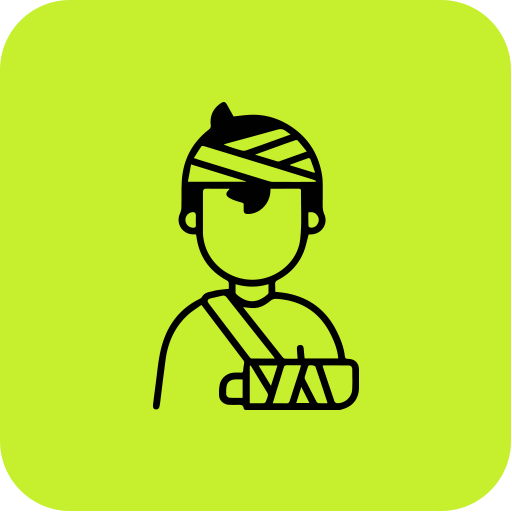
INJURY PREVENTION TIPS FOR ATHLETES
To prevent shoulder ligament injuries, warm up with arm circles and dynamic stretches, strengthen shoulder and rotator cuff muscles, and avoid repetitive overhead strain with proper technique.
Preventing shoulder ligament injuries is crucial for athletes. Dr. Gupta shares simple tips:
Warm-Ups: Do gentle arm circles, shoulder rolls, and dynamic stretches before sports or workouts.
Strength Exercises: Include resistance band external rotations and scapular strengthening to protect the joint.
Proper Technique: Use correct form for throwing, lifting, or overhead activities to reduce ligament strain.

COST OF SHOULDER LIGAMENT SURGERY
Shoulder ligament surgery costs vary based on injury severity, surgical technique, and hospital stay; Amicare offers transparent, personalized treatment estimates.
The cost of shoulder ligament surgery depends on factors like:
Type of Repair: Reattaching torn ligaments or reconstructing them with grafts from your own body or donor tissue.
Surgery Method: Minimally invasive arthroscopic surgery or open repair technique.
Hospital Stay: Usually same-day discharge or 1–2 days for observation and recovery.
For a personalized cost estimate, contact us. Amicare works to make shoulder injury treatment affordable for patients.

INJURY PREVENTION TIPS FOR ATHLETES
To prevent shoulder ligament injuries, warm up with arm circles and dynamic stretches, strengthen shoulder and rotator cuff muscles, and avoid repetitive overhead strain with proper technique.
Preventing shoulder ligament injuries is crucial for athletes. Dr. Gupta shares simple tips:
Warm-Ups: Do gentle arm circles, shoulder rolls, and dynamic stretches before sports or workouts.
Strength Exercises: Include resistance band external rotations and scapular strengthening to protect the joint.
Proper Technique: Use correct form for throwing, lifting, or overhead activities to reduce ligament strain.
Frequently Asked Question
Sports injuries, falls, repetitive overhead motion, and road accidents are common causes.
Minor or partial tears often heal with physiotherapy and rest, but complete tears may require surgery.
Non-surgical recovery can take 4–12 weeks; surgical recovery may require 3–4 months.
Yes. If untreated, they can lead to chronic pain, arthritis, and permanent instability.
Yes. Dr. Gupta provides advanced stem cell treatments for eligible patients.
